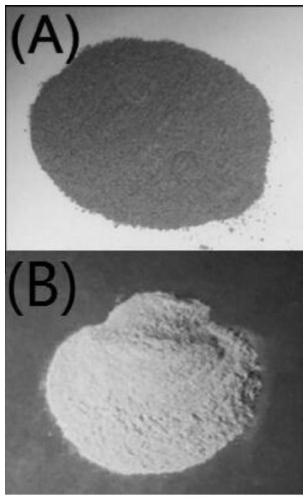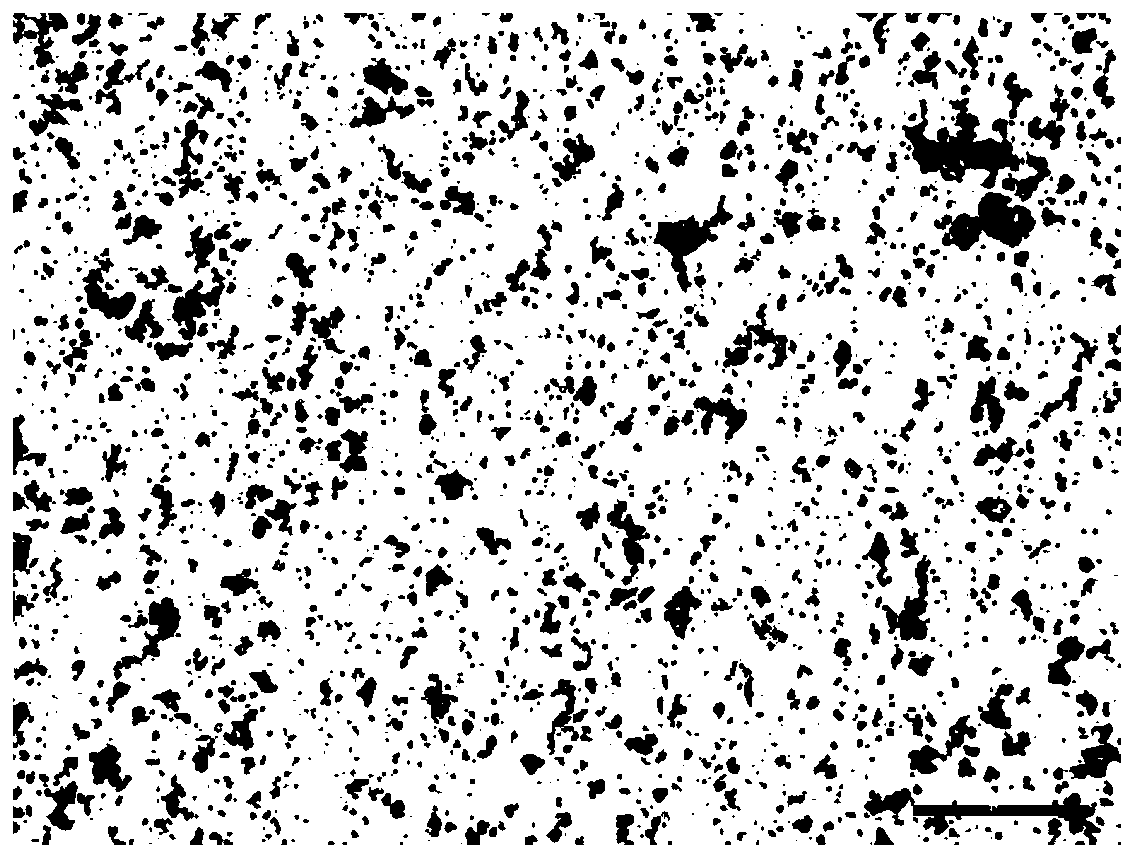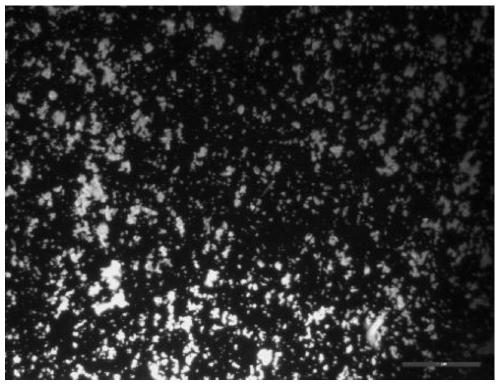Luminescent carbon quantum dot and preparation method and application thereof
A technology of carbon quantum dots and small molecules, which is applied in the field of luminescent carbon quantum dots and its preparation, can solve problems such as complex operation process, high energy consumption, and cumbersome operation steps, and achieve easy control of reaction conditions, easy industrial production, and preparation process simple effect
- Summary
- Abstract
- Description
- Claims
- Application Information
AI Technical Summary
Problems solved by technology
Method used
Image
Examples
preparation example Construction
[0029] The invention provides a preparation method of luminescent carbon quantum dots, comprising the following steps:
[0030] (1) Mix organic small molecule, organosilane and reaction solvent to carry out solvothermal reaction, obtain crude product;
[0031] (2) Filter and dialyze the crude product in sequence to obtain liquid luminescent carbon quantum dots.
[0032] The invention mixes small organic molecules, organic silanes and reaction solvents to carry out solvothermal reaction to obtain crude products. In the present invention, the small organic molecules are preferably one or more of citric acid, ascorbic acid, glucose, glucosamine, glycine, cysteine, glutamic acid and phenylalanine; There is no special requirement on the source of the small organic molecules, and conventional small organic molecules commercially available in this field can be used.
[0033] In the present invention, the organosilane is preferably 3-[2-(2-aminoethylamino)ethylamino]propyl-trimethox...
Embodiment 1
[0045] Weigh 0.1g of anhydrous citric acid and 2mL of 3-[2-(2-aminoethylamino)ethylamino]propyl-trimethoxysilane, add 10mL of ethanol, and ultrasonically mix for 10min. The obtained reaction mixture was added to a 50 mL polytetrafluoroethylene autoclave, and the autoclave was subjected to solvent heat treatment at 190°C for 10 h in a homogeneous reactor, and then heated to 190°C at room temperature with a heating rate of 5°C / min. After the reaction was completed, the reaction kettle was naturally cooled to room temperature, the crude product was filtered through a filter membrane with a pore size of 0.22 μm, and then the filtrate was dialyzed for 24 hours with a dialysis membrane with a molecular weight cut-off of 500 Da to obtain liquid luminescent carbon quantum dots.
Embodiment 2
[0047] Weigh 0.5g of anhydrous glucosamine and 4mL of 3-[2-(2-aminoethylamino)ethylamino]propyl-trimethoxysilane, add 10mL of acetone, and ultrasonically mix for 10min. The obtained reaction mixture was added to a 50 mL polytetrafluoroethylene autoclave, and the autoclave was subjected to solvent heat treatment at 210°C for 2 hours in a homogeneous reactor, and the temperature was raised to 210°C at room temperature at a heating rate of 5°C / min. After the reaction was completed, the reaction kettle was naturally cooled to room temperature, and 40 mL of deionized water was added, centrifuged at 10,000 rpm for 10 min, then filtered through a filter membrane with a pore size of 0.22 μm, and the filtrate was dialyzed with a dialysis membrane with a molecular weight cut-off of 500 Da for 24 h. Finally, the dialysate was dried by rotary evaporation to obtain solid luminescent carbon quantum dots.
[0048] The optical photo of the obtained luminescent carbon quantum dots under the ex...
PUM
| Property | Measurement | Unit |
|---|---|---|
| pore size | aaaaa | aaaaa |
Abstract
Description
Claims
Application Information
 Login to View More
Login to View More - R&D
- Intellectual Property
- Life Sciences
- Materials
- Tech Scout
- Unparalleled Data Quality
- Higher Quality Content
- 60% Fewer Hallucinations
Browse by: Latest US Patents, China's latest patents, Technical Efficacy Thesaurus, Application Domain, Technology Topic, Popular Technical Reports.
© 2025 PatSnap. All rights reserved.Legal|Privacy policy|Modern Slavery Act Transparency Statement|Sitemap|About US| Contact US: help@patsnap.com



